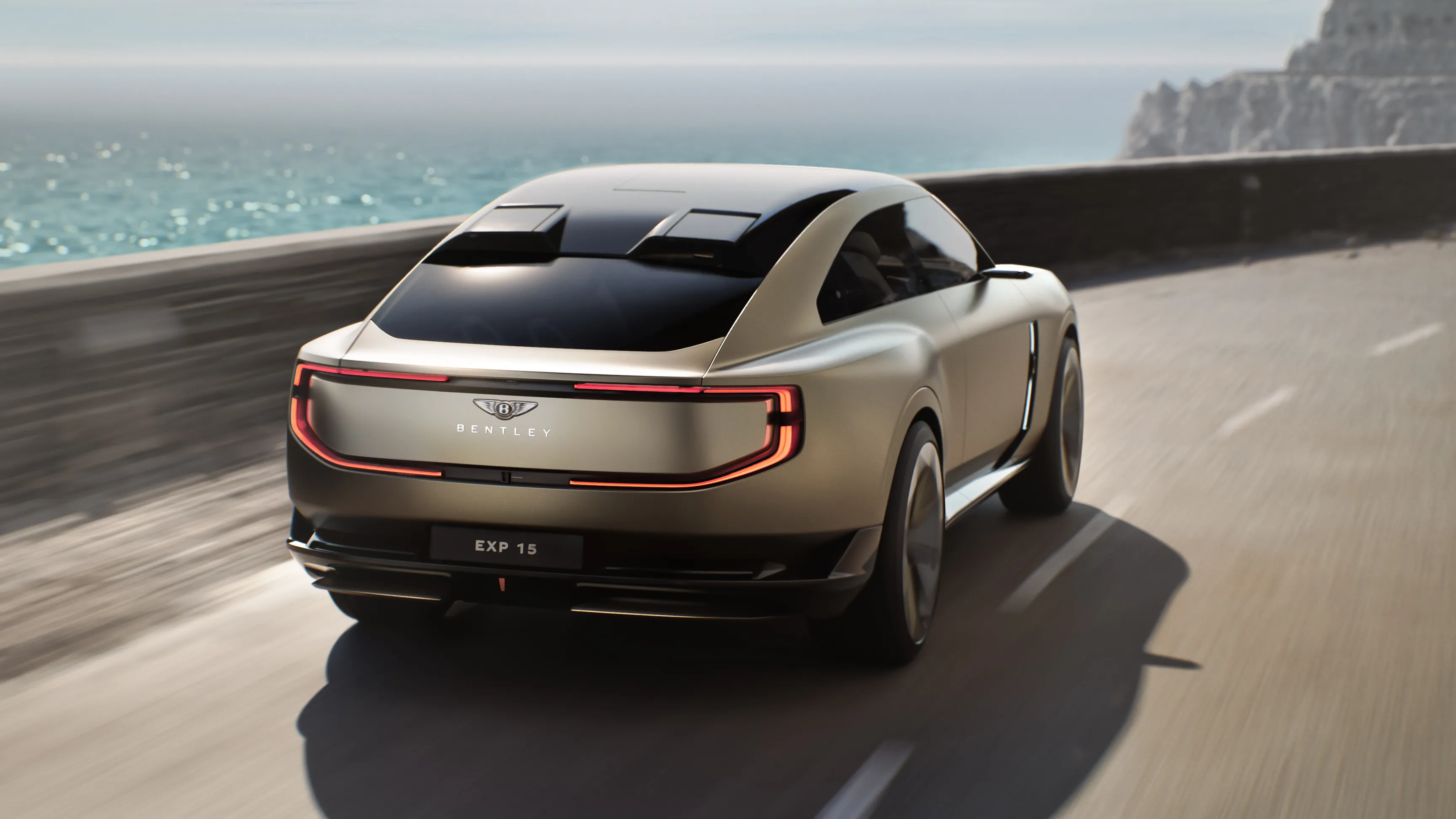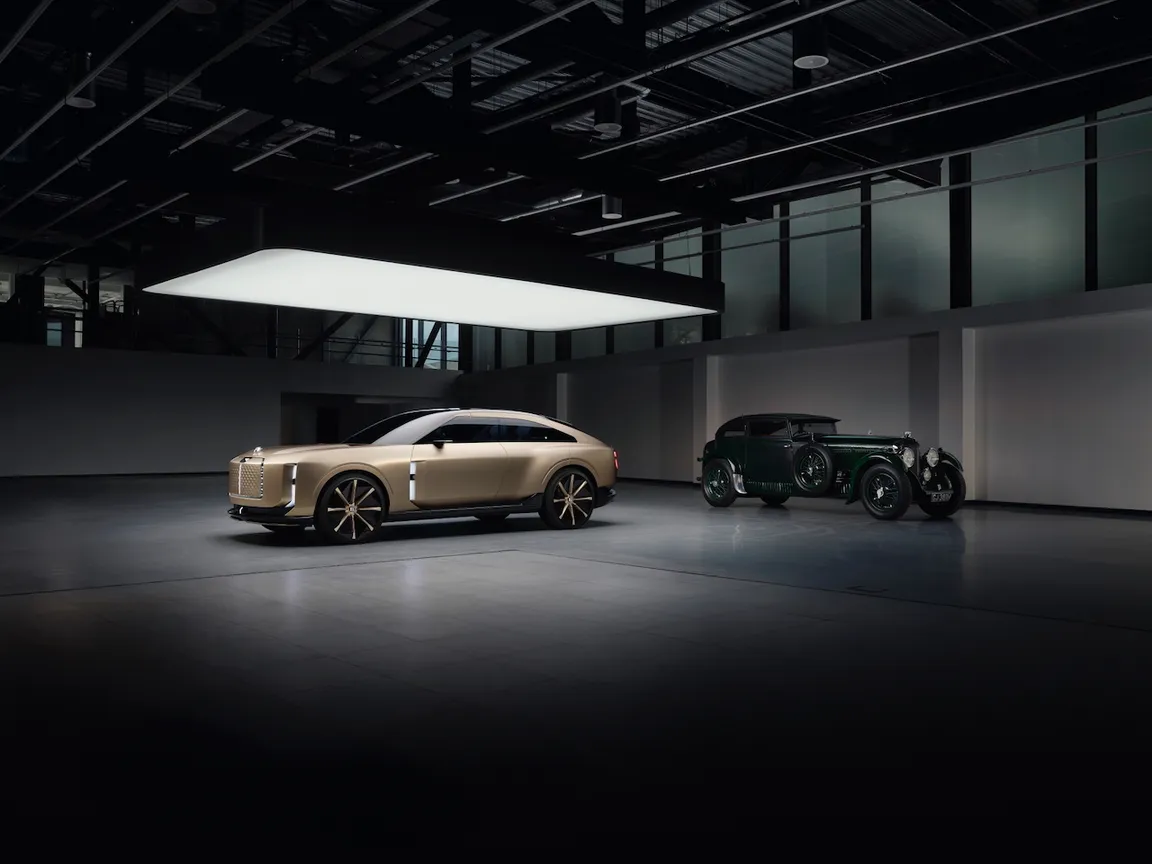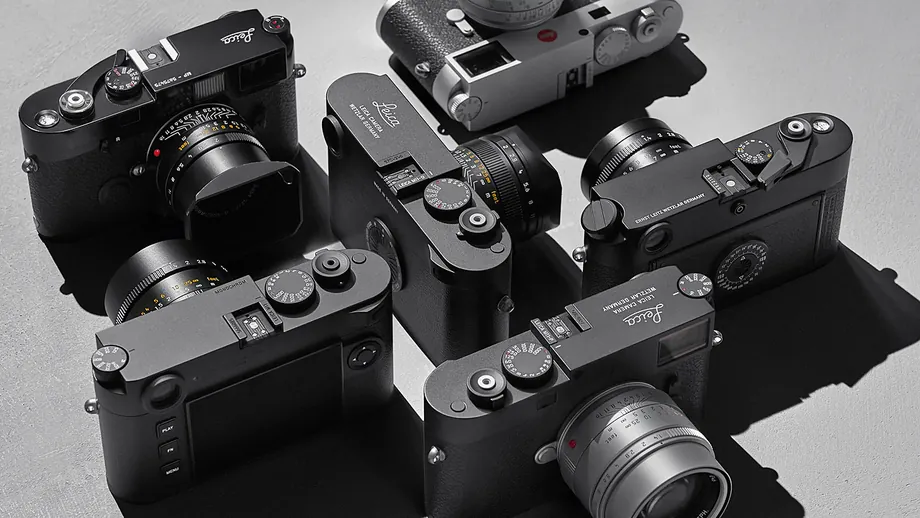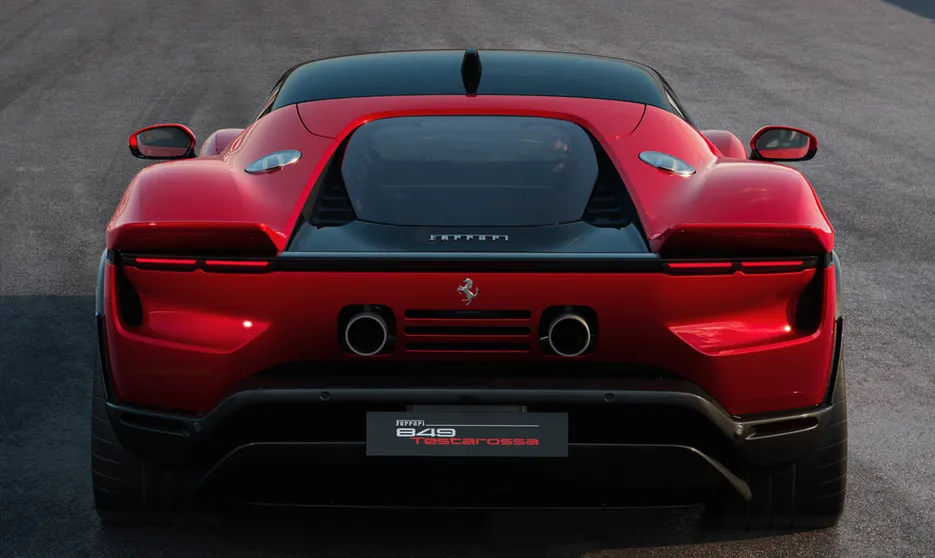Legacy isn’t enough.
With more than 100 years of heritage and global prestige, Bentley could easily lean on its legacy. But instead, the British brand just unveiled the EXP 15 – a concept car that’s anything but nostalgic.
At first glance, it’s a design study: a long, futuristic grand tourer with subtle nods to the iconic Speed Six “Blue Train” from the 1930s. But a closer look reveals something much more strategic — a bold signal of where luxury is going next.
A Glimpse into Tomorrow’s Luxury
Bentley’s EXP 15 isn’t about mass production. It’s a statement of intent. And every detail reflects what future luxury clients may soon expect:
- A refreshed logo — only the fifth change in 106 years
- A 3-seat layout designed for both solo journeys and shared moments
- A material mix of jacquard silk, wood, stone, and 3D-printed titanium
- A dual-mode dashboard that shifts between digital and analogue
- A convertible boot lounge — where the “arrival” becomes part of the experience
All of this coincided with the opening of Bentley’s new design studio in Crewe, reinforcing the brand’s investment in creativity, not just engineering.
These concept cars may never make it to production in their current form — but that’s not the point. They give customers a sneak peek into the brand’s imagination. They ignite interest, emotion, and aspiration — essential tools in luxury storytelling.
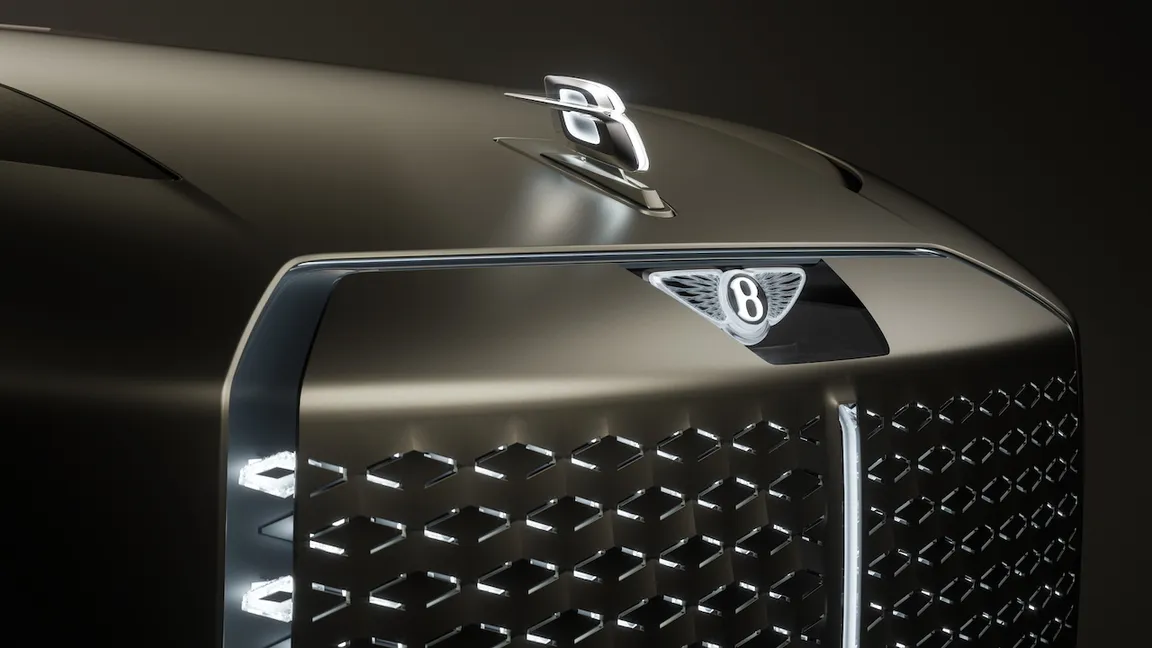
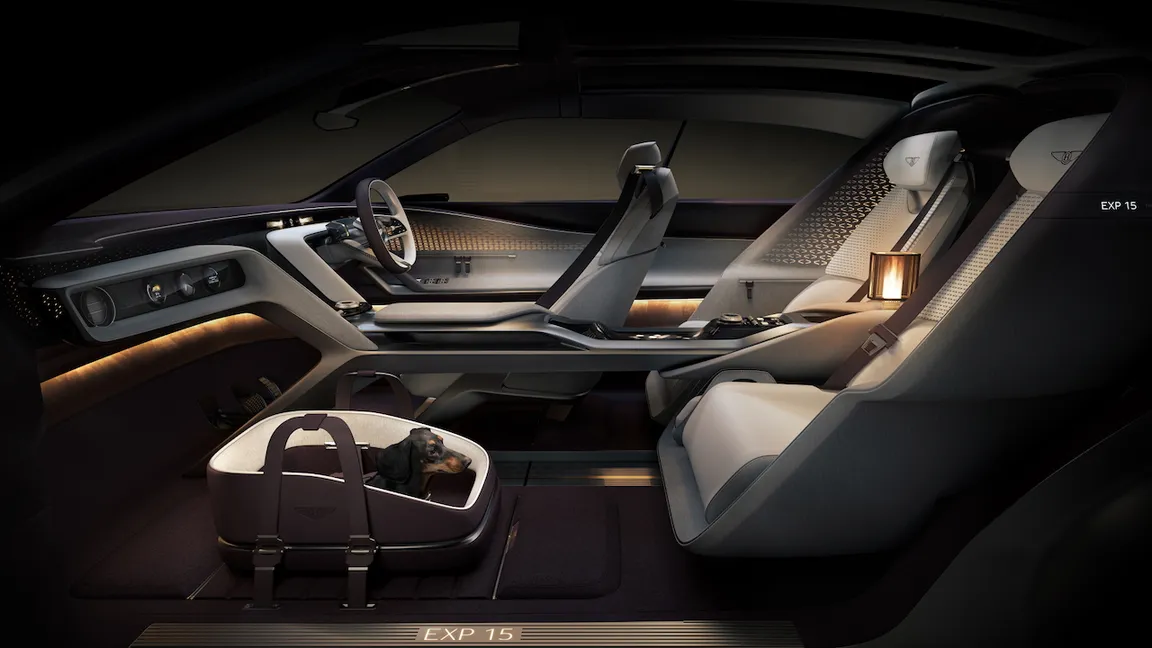
Design as Differentiation
As technical differences between luxury cars shrink, what remains? According to Bentley CEO Frank-Steffen Dr. Walliser:
“It’s the design – the inspiration, the craftsmanship, the emotion – that becomes the real differentiator.”
That’s where true value lives today. Bentley isn’t just building a car.
It’s redesigning desire.
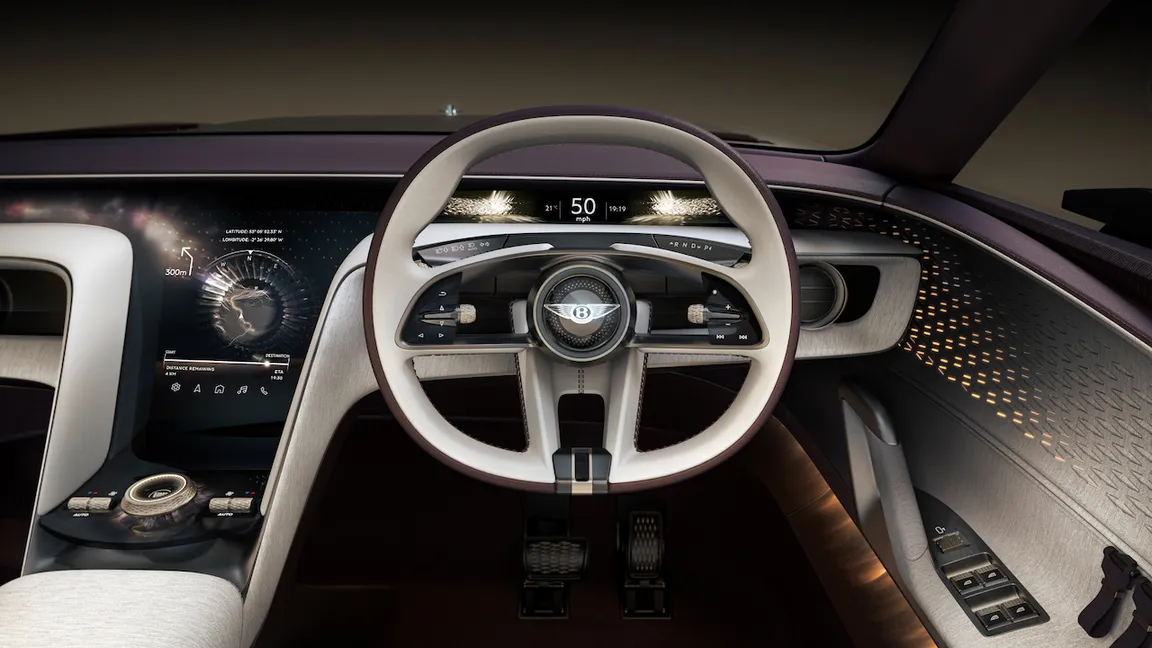
Legacy Isn’t a Strategy
Luxury brands — especially in automotive — can’t rely on legacy alone. Development cycles last years, not seasons. That means brands must anticipate what luxury will feel like far in advance.
While fashion houses can pivot in months, carmakers must project emotional needs and aesthetic shifts long before they manifest. The challenge? Understanding not just today’s customer, but the future customer — the ones who haven’t walked into your showroom yet but already expect everything.
How far ahead is your brand designing?
Are you anticipating your customer’s next desire — or simply reacting to their last one?
